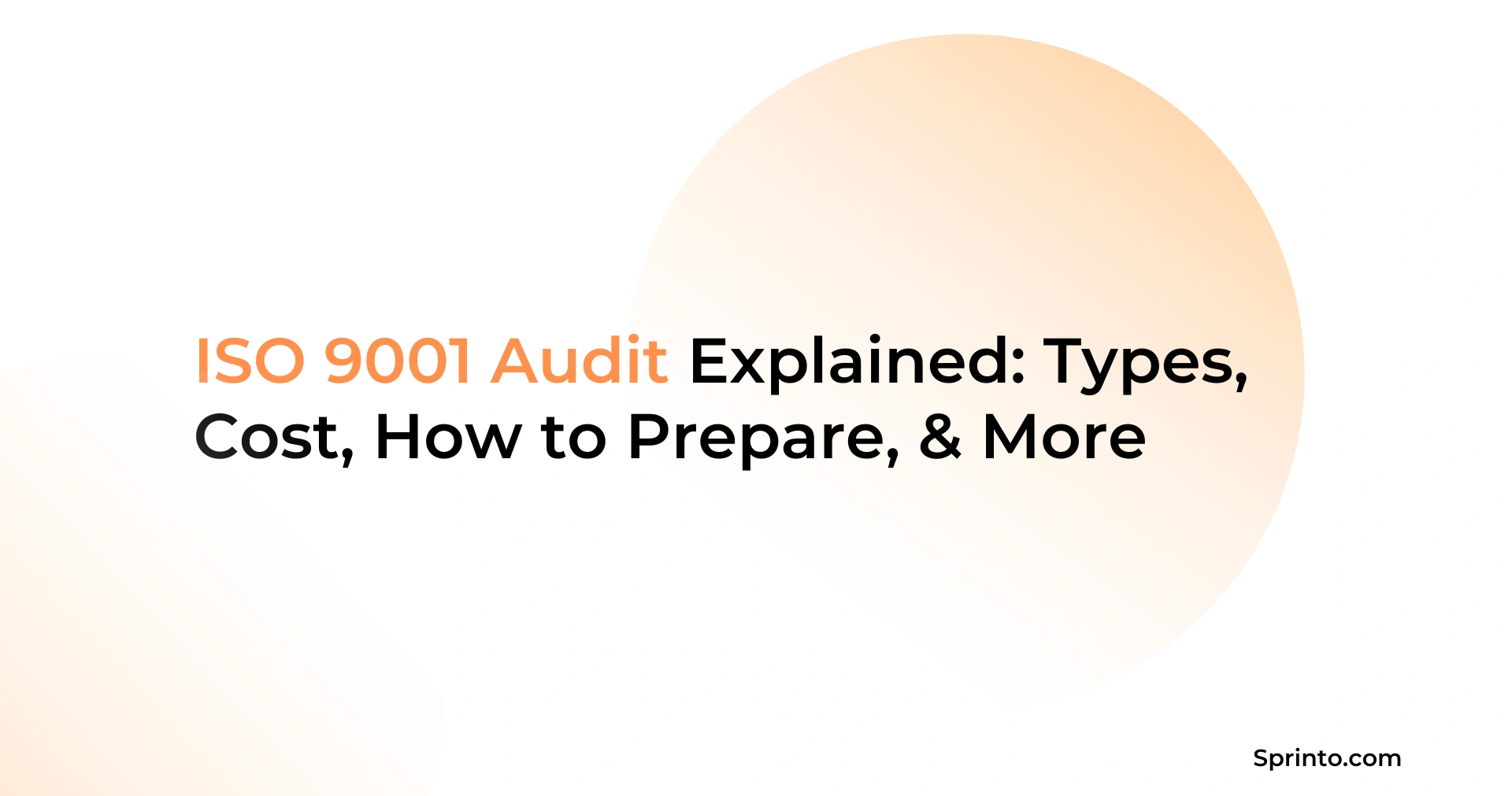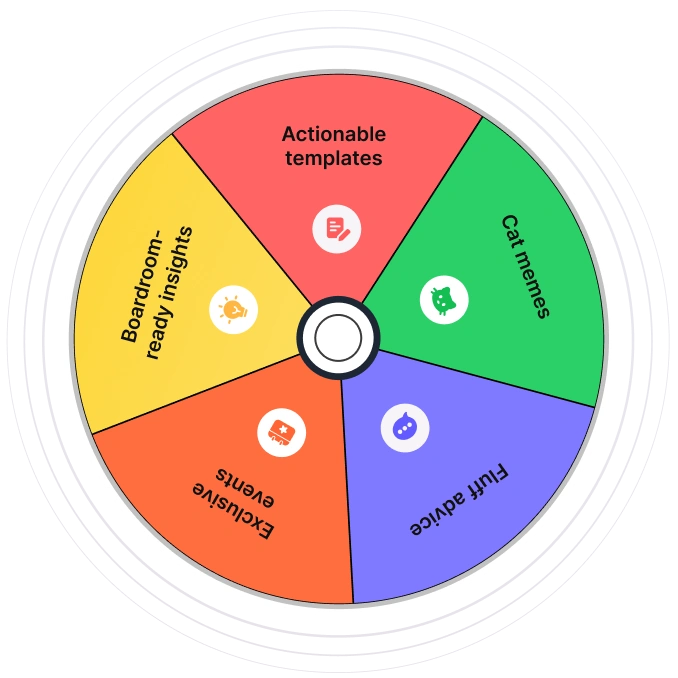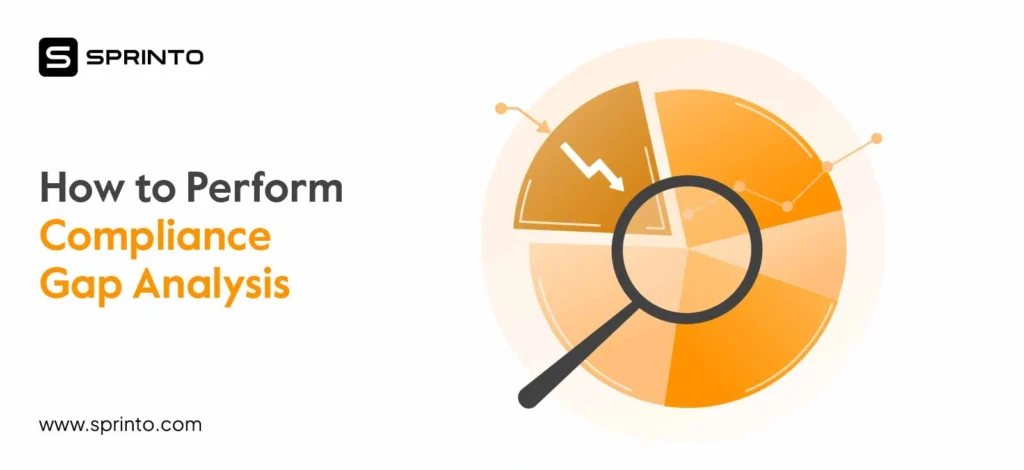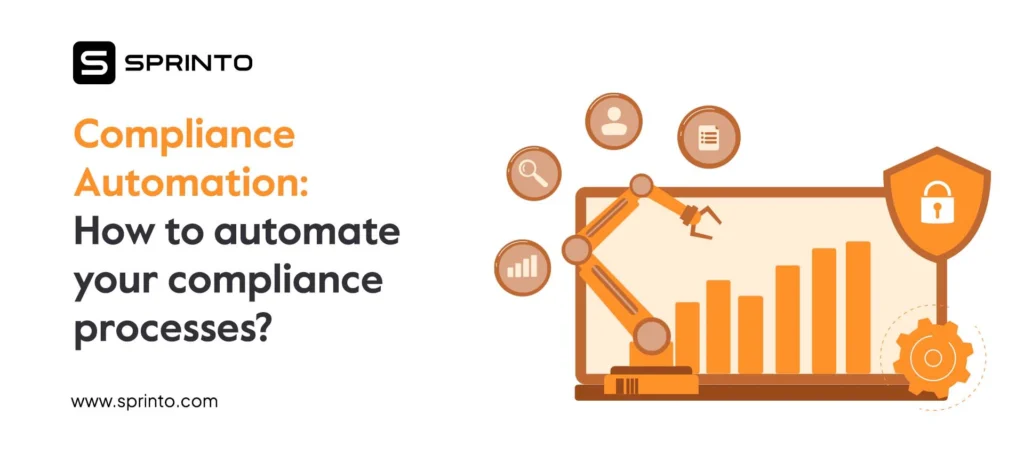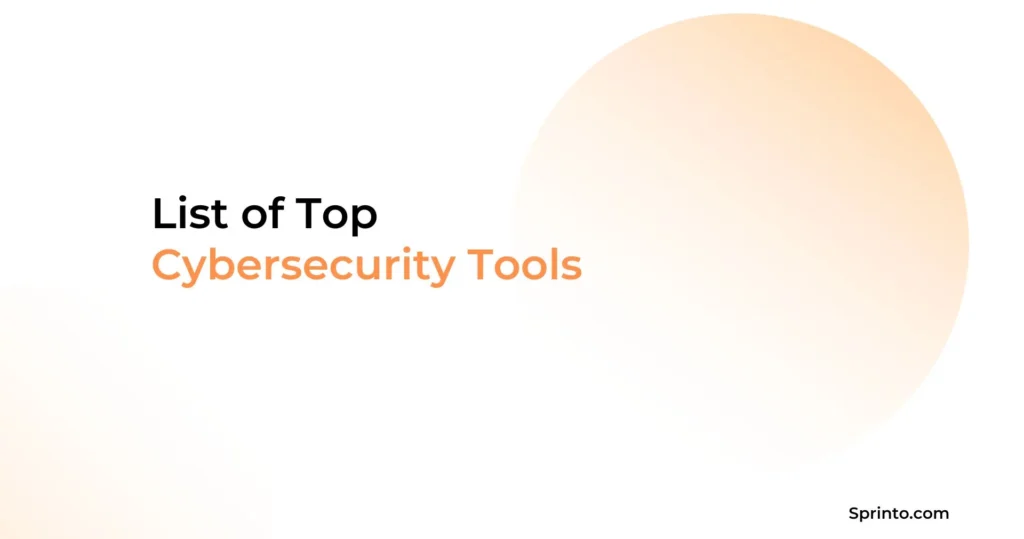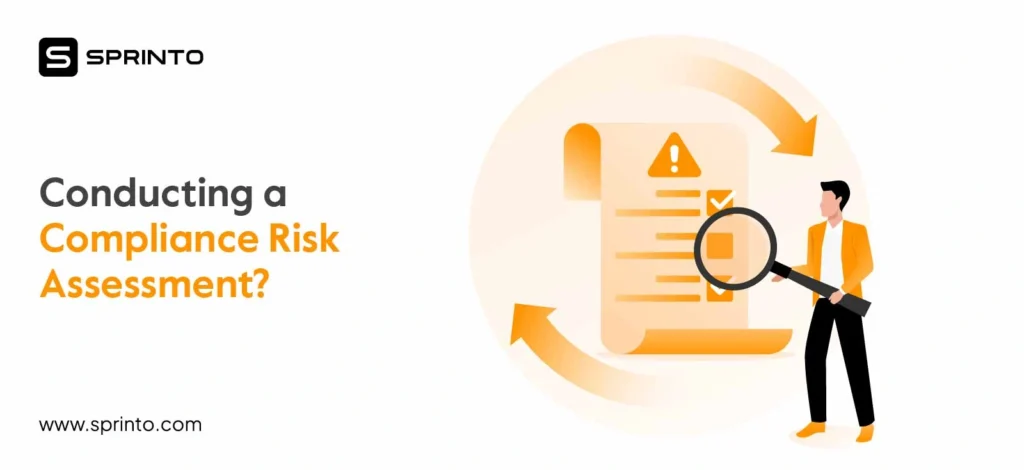When quality is central to how your business runs—manufacturing, logistics, or service delivery—ISO 9001 audits are part of the equation. They test whether your systems hold up, not just in theory but in actual daily work. Miss, and you risk delays, failed deals, or repeat issues that should’ve been caught earlier.
Understanding how this audit works and preparing for it in advance gives you control over the outcome. In this article, you’ll learn what ISO 9001 audits cover, how to prepare, and the certification costs.
- An ISO 9001 audit reviews how your company runs, controls, and documents quality-related work.
- It requires access to process documents, audit logs, training records, and proof that tasks are being followed.
- Sprinto maps responsibilities, collects audit-ready evidence, and gives auditors access to everything they need.
What is an ISO 9001 audit and why does it matter?
An ISO 9001 audit is a detailed review of how a company’s quality management system (QMS) is defined and applied, based on the ISO 9001:2015 standard. It checks if documented processes are being followed, if responsibilities are clearly assigned, and if quality-related records reflect actual day-to-day work.
But the audit does more than verify compliance. It gives companies a way to improve how they operate. It helps identify where systems fall short, where time is lost, or where repeat issues point to deeper gaps. That kind of visibility supports better decisions, more efficient workflows, and outcomes that meet both customer expectations and regulatory obligations.
The goal isn’t to catch faults but to support consistency and accountability. Over time, audits help teams sharpen how they work and give leadership confidence that the quality system supports the business, rather than slowing it down.
Types of ISO 9001 audits: Internal, external, certification
ISO 9001 audits are internal, external and certification audits with internal audits done inhouse and external and certification audits performed by outsiders.
Internal audit
This is done within the company. The purpose is simple: check if teams are following the quality system as it was designed.
It’s usually handled by someone not directly involved in the area being audited, to keep things objective. Say a team runs machines that need regular calibration. If the audit finds that records are missing or inconsistent, it’s a sign that something’s off.
The benefit here is timing—there’s space to fix the problem quietly, before it affects output or gets flagged by someone outside.
External audit
External audits come from people who aren’t part of the company. Often, it’s a customer or partner who wants to be sure the work meets their standards. Sometimes it’s a regulator. Either way, they’re looking at how things run, not just how they’re documented.
For example, if your company supplies parts to a larger manufacturer, they might send someone to observe how inspections are handled. If poor quality shows up downstream, the issue traces back. These audits help catch it before it happens.
Certification audit
This one is formal. A third-party certification body will determine whether your quality system meets ISO 9001 standards. They’ll ask for records, follow processes, and talk to people. Nothing staged—just the real picture.
Let’s say they look at how customer complaints are handled. They’ll want to see how issues are logged, what actions were taken, and whether the same problem keeps returning.
If the system holds up, the certification is issued. That certificate signals your customers and the market that your operations meet global quality benchmarks.
Note
The certification cycle includes two more types of audits: surveillance and recertification. Surveillance audits are conducted each year to check ongoing compliance, and recertification audits occur every three years to renew the ISO 9001 certificate.
How often should you do an ISO 9001 audit? Frequency and scheduling tips
The initial certification audit comes first and is only done once. After that, surveillance audits are shorter and take place annually. In the third year, the company goes through a more detailed recertification review.
Internal audits are handled separately. These are managed by the company, and most teams run them once a year. ISO 9001 leaves the timing open, but yearly audits tend to catch issues early and keep things on track before external reviews.
In some cases, teams move up their audit—especially when a process changes, a customer flags an issue, or a release is coming up. That early review gives space to make fixes without pressure from outside deadlines.
Some teams break internal audits into smaller chunks instead of covering everything at once. That way, different functions get the focus they need, and teams have more time to follow up on what comes out of the review. Other teams time audits around when things usually shift (like after a big delivery or at the end of a quarter) so they can catch issues while they’re still fresh.
Save big on compliance with Sprinto
ISO 9001 audit checklist: Documents and records you need to prepare
Before the audit begins, auditors ask to see a specific set of documents that show how your quality system works. They reflect how the company defines, runs, and reviews its operations.
Here are the documents you’ll need during the ISO 9001 audit preparation and actual audit.
Core quality documents
- Quality policy
This is a statement that outlines how the company approaches quality. It should be current and shared across teams.
- Scope of the QMS
A one-pager that explains what the quality system covers—locations, products, services, or departments.
- Documented procedures
These show how key activities are controlled. Things like change handling, issue resolution, or document control.
- Quality manual (if maintained)
Some companies keep a manual that brings everything together. If it exists, it should match current practice.
Process-level records
- Work instructions
Step-by-step guides for tasks on the floor or in the field. The audit checks if people are following them.
- Process maps or flowcharts
Simple visuals showing how core processes run. These help prove that teams understand the flow of work.
- Production or service delivery records
Examples that show the work was done properly—order records, logs, or service checklists.
Monitoring and measurement
- Internal audit reports
Auditors will want to see when internal audits were done and what was found.
- Corrective and preventive actions
Records of issues and what the company did to fix them or stop them from happening again.
- Calibration logs
If tools or machines are used to measure things, there should be logs that show they’re calibrated on time.
- Non-conformance reports
Any time something went off track, it should have been recorded and addressed.
Be better prepared, download the clause-by-clause ISO 9001 checklist
Management-related documents
- Management review minutes
Notes or summaries from meetings where leadership reviewed how the quality system is performing.
- Roles and responsibilities
Clarity on who is in charge of what. This can be shown in org charts or documented roles.
- Training records
Proof that people doing the work have been trained. This can be tracked in systems or with sign-off sheets.
Customer-related records
- Complaint logs
Details of customer complaints and how they were resolved. These show how the company responds to problems.
- Customer feedback or survey data
If satisfaction is measured, keep the results handy. It helps show that the company listens and improves.
- Order and delivery records
Examples of how customer requirements were met on time and as expected.
Get compliant faster with automation
How to prepare for an ISO 9001 audit
To prepare for an ISO 9001 audit, make sure your processes, records, and responsibilities reflect how the work actually gets done.
Here are seven steps that help with that:
1. Review previous audit findings
Start with the last internal or external audit. Pull up the findings and confirm what actions were taken.
If anything was flagged and marked for follow-up, make sure you can show what changed. These items usually come up again. Keep that response ready, with proof, not just notes.
2. Check if procedures reflect actual work
Focus on a set of procedures linked to critical operations—things like order handling, production, or issue resolution.
Go through each one, then check how those tasks are carried out on the floor. If the steps in use don’t match what’s written, either the document or the process needs to change. Auditors flag that kind of gap early.
3. Sort out your core records
Focus on what shows the system is working, like training logs, audit summaries, complaint handling, calibration, non-conformances. Pull a few examples from recent months.
Are they complete? Do they include signatures, dates, and references? These records back up what the process documents claim.
4. Walk through one full process
Choose one that matters—maybe a customer order, maybe a production run. Go step by step. What happens first? Who owns the next handoff? Where does the record get updated?
This is where silent breakdowns show up. Auditors don’t just want documents. They want to see the work behind them.
5. Talk to the people doing the work
Auditors ask direct questions: What’s your process? When were you trained? Where do you keep records?
Spend time with frontline teams. Confirm they know what’s expected and how to explain it without scrambling. Confidence matters just as much as compliance.
6. Close anything still pending
If a form is missing, if a record looks half-complete, fix it now. These aren’t major fixes, but they can quickly turn into follow-up items if left open.
Address what you already know needs attention. It’s one less surprise during the review.
7. Assign one person to run point
Pick someone to stay close to the auditor; someone who knows where documents live and who to call when questions come up.
That person keeps the process moving and avoids back-and-forth between departments. It makes the audit smoother for everyone.
ISO 9001 audit cost breakdown (internal and external audits)
ISO 9001 audits can involve both internal prep and external certification. Internal audits cost time and resources. External audits are billed services with fixed and recurring fees.
Internal audit costs
No third-party fees apply here, but that doesn’t mean it’s free. Time adds up fast. Reviewing procedures, checking records, documenting gaps—these tasks stretch across teams.
For most small companies, internal audits cost somewhere between $1,000 and $4,000 when you account for the hours involved. Some companies skip the internal lift and bring in a consultant. That route usually lands between $2,000 and $6,000, depending on how involved the support is.
One-day review? Lower end. Full guidance and reporting? Higher.
Many companies also pay for audit software. Pricing there varies, but most spend $1,000 to $3,000 annually, based on team size and features. And then there’s training. If internal auditors need certification, courses generally fall in the $400 to $1,000 per person range.
External audit costs
The initial certification audit is the largest single expense. For small to mid-sized companies, this usually ranges from $6,000 to $10,000. This includes planning, site visits, and a full system review.
After certification, most companies go through annual surveillance audits, which cost between $2,000 and $5,000 each year.
Every three years, a full recertification audit is required, often priced close to the original certification fee.
- Pricing varies based on:
- Number of employees
- Number of sites
- Industry (low-risk vs. regulated sectors)
- Audit scope and level of prep needed
For multi-site or fast-scaling companies, total certification costs can exceed $20,000 over three years.
ISO 9001 audit training: Internal Auditor vs. Lead Auditor Certification
ISO 9001 audit training falls into two categories. Internal auditor certification is for in-house teams. Lead auditor certification applies when someone is responsible for full external audits.
Here are the differences between the internal auditor and lead auditor certifications:
| Criteria | Internal Auditor Certification | Lead Auditor Certification |
| When it’s used | For internal ISO 9001 audits within the company | For full external ISO 9001 certification audits |
| Who it’s for | Quality managers, compliance teams, operations leads | External auditors, consultants, certifying body teams |
| Who offers it | General ISO training providers | IRCA, Exemplar Global and other accredited bodies |
| What it enables | Run internal audits and support external audit readiness | Lead third-party audits and assess other organizations |
Let’s look at each in more detail:
Internal Auditor Certification
This course trains staff to run internal audits. It covers planning, checklists, process reviews, and writing findings. The goal is simple: check if the work matches what’s written down.
Most courses run one to two days. Some teams take it online. Others bring in a trainer. Either works. It’s common for quality managers and operations leads to take it once, then repeat it every few years.
The cost usually lands between $400 and $1,000 per person. It ends with a certificate. No license, no formal accreditation—just proof they’ve been trained. For internal audits, that’s enough.
Lead Auditor Certification
This one’s different. It’s meant for people leading full ISO 9001 audits—whether as consultants or as part of a certifying body. It digs into audit planning, managing a team, interviewing staff, reviewing evidence, and deciding if a company meets the standard.
Courses take more time. Four to five days is standard and there’s a final exam. If they pass, they get a certificate from a global body like IRCA or Exemplar Global.
Price range: usually $1,200 to $2,500. Some companies invest in this for senior quality leads who guide external audits or plan to audit others. It’s a formal credential, and it carries weight.
Preparing for ISO 9001 audits with Sprinto
Sprinto helps teams prepare for ISO 9001 audits by automating the operational work behind documentation and tracking. It starts with scope mapping and assigning responsibilities for each clause or control. The platform then schedules tasks, collects evidence, monitors deadlines, and flags gaps in readiness. Internal audits are run within the system, and results are tracked for follow-up.
When it’s time for certification, Sprinto provides auditors with a dedicated portal that centralizes everything they need—no email threads or scattered files. This reduces prep time, keeps everyone aligned, and ensures audit work reflects what’s actually happening inside the business.
Take a platform tour and kickstart your journey.
Frequently asked questions
What are the audit requirements for ISO 9001?
You need to show what your processes look like, how they’re controlled, and who’s responsible for what. That includes your documented procedures, but also the records that prove people are following them.
Auditors go clause by clause. They’ll ask where the system meets the standard and they’ll want actual examples from your operations.
What are the steps to prepare for an ISO 9001 audit?
Look at what was flagged last time. Fix what’s still open. Then go through a few key procedures.
See if what’s written down matches how the work is done. Check that records are filled out, not just saved.
Let the team know what’s coming. Choose someone who can walk the auditor through everything without scrambling.
What can I expect from an ISO 9001 audit?
There’s no single format, but most audits follow a process. You’ll answer questions. You’ll pull up documents.
The auditor will sit with different teams and ask how they do the work. They’ll look at how records are maintained and whether controls are active.
Who conducts ISO 9001 audits?
Inside the company (internal), it’s usually a trained employee or someone brought in for it. For audit certification ISO 9001 (external), it’s a third-party auditor from a body that’s approved to issue ISO 9001 certificates. They’re also the ones who return every year for surveillance and again for recertification.
Payal Wadhwa
Payal is your friendly neighborhood compliance whiz who is also ISC2 certified! She turns perplexing compliance lingo into actionable advice about keeping your digital business safe and savvy. When she isn’t saving virtual worlds, she’s penning down poetic musings or lighting up local open mics. Cyber savvy by day, poet by night!
Explore more
research & insights curated to help you earn a seat at the table.



